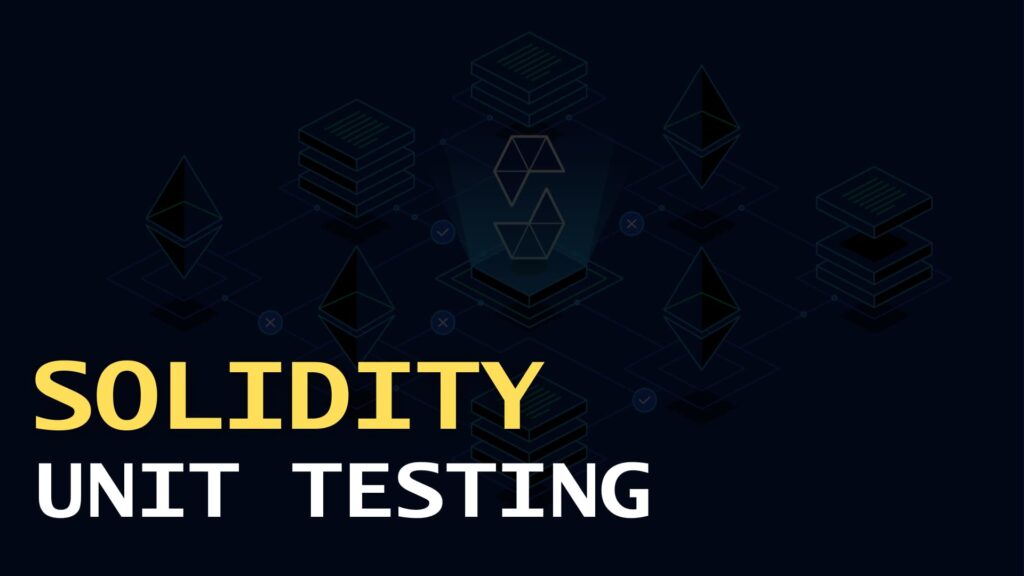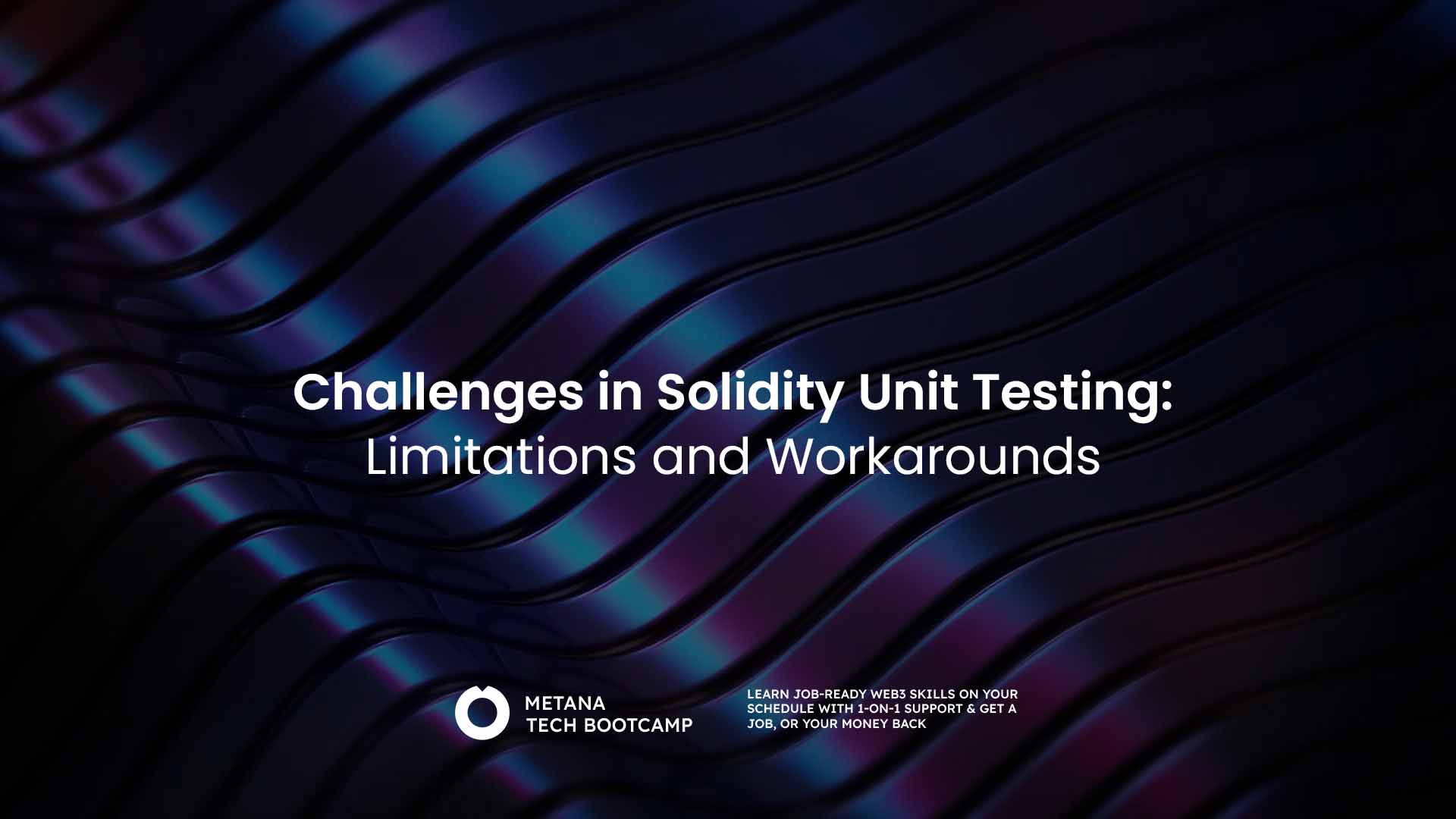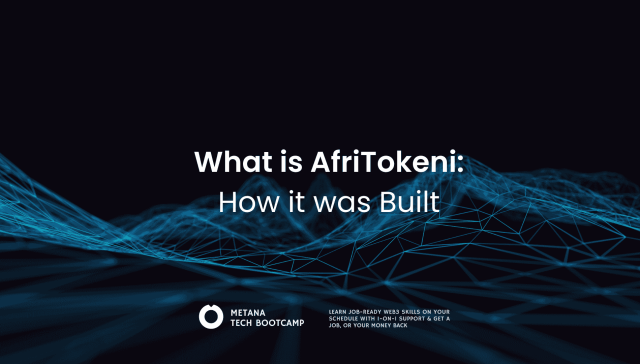As the backbone of Ethereum smart contracts, Solidity has gained significant traction as the languages for building decentralized applications (dApps). As the demand for the use of smart contracts grow, it is crucial to ensure their reliability and security. However, developers encounter a lot of challenges in Solidity unit testing due to the limitations of frameworks available and the inherent properties of blockchain technology.
This article delves deep into the concept of Solidity unit testing, explores all common challenges faced and introduces possible workarounds to overcome those challenges. Understanding these concepts is crucial for a blockchain developer to build robust decentralized applications.
Understanding Unit Testing in Solidity
A deployed smart contract with bugs and vulnerabilities is not something that’s going to bring us benefits. Every smart contract has to succeed the testing phase before being deployed to avoid unnecessary issues in the future. Unit testing is one phase in Solidity testing where each and every function or component of a smart contract is put to test individually for the expected output ensuring they work as planned.
Unit testing is Solidity is often written in Javascript or Typescript using popular frameworks such as Hardhat, Truffle, or Foundry. These tests simulate blockchain activity by interacting with the smart contract in a controlled environment. Verifying function outputs, keeping an eye on gas usage, and verifying that state changes are working correctly are all important components of Solidity unit testing.
A properly conducted unit testing could save a lot for developers by enabling them to find errors in an earlier stage reducing the risk of errors identified after deployment that is usually costly to solve. However, conducting a unit test on a smart contract is not easy as it seems. This is where the challenges introduce themselves.

Key Challenges in Solidity Unit Testing and Possible Workarounds
Following are some of the common challenges encountered by developers during Solidity unit testing.
1. State Dependencies
Smart contracts today are highly state dependent. Conducting tests on functions in isolation can be difficult because the contract’s state can significantly impact the outcome of the function. Changing state variables or requiring a specific state setup before testing can complicate test scenarios. This is one of the common challenges developers encounter and needs serious attention for a workaround.
As a solution mock contracts can be used by developers to simulate states and conditions. Setting up the contract state before running tests and using test fixtures to manage state across different test cases can highly benefit in maintaining consistency and isolating tests effectively.
2. Gas Costs
Execution of smart contracts requires a critical amount of gas costs. In Solidity, ensuring every function doesn’t exceed gas limits is crucial. However, conducting tests for gas efficiency and simulating gas consumption accurately in a testing environment could be a lot challenging for a developer.
As a solution, tools like eth-gas-reporter can be utilized by developers to analyze gas usage during tests. Writing tests to monitor gas consumption could be a lot helpful to optimize gas usage on smart contracts. Additionally, it is important to regularly review and adjust gas limits during tests to mirror real-world scenarios.
3. Non-deterministic Behaviour
Factors like external calls, randomness and block timestamps can cause the smart contract to exhibit a non-deterministic behaviour. Testing would be a lot difficult here as the result could vary depending on different test runs making it harder to validate an accurate result.
As a solution, developers can adopt external dependancies to handle non-deterministic behaviour of a smart contract. Oracle or random number generators are certain dependancies that would help. Controlling the block timestamp during tests, or using fixed timestamps can ensure consistency when testing time dependant functions on a smart contract.
4. Limitation on Tools and Frameworks
One of the common challenges encountered is the limitation on proper frameworks and tools available to conduct unit testing on smart contracts. Even though there are several frameworks available such as Truffle, Hardhat, and Foundry, each has its own limitations. Some tools lack certain features making it a lot challenging to conduct a proper test.
As a solution, developers can utilize different tools for different aspects of the testing phase to overcome the tool limitation issue. For example, using Hardhat for its flexibility and plugin ecosystem alongside Foundry for its speed and native fuzzing capabilities can provide a more robust testing environment for a developer. In addition to this, developers can also contribute to open source testing tools by adding desired features or improvements which could lead to benefiting the entire Solidity development community.
5. Test Coverage
Ensuring all aspects of the smart contract is tested can be a lot challenging for a developer especially while working with complexed contracts. Failing to test one small edge of a contract can lead to vulnerabilities that are only discovered after deployment. This could lead to serious issues that could get a lot expensive to solve.
As a solution, developers should write test cases to cover all possible code paths including edge cases. Utilizing tools like solidity-coverage can provide insights into which parts of the contract are not being tested. Additionally, utilizing property-based testing to explore a broader range of input scenarios can enhance overall test coverage.
6. Time-Consuming and Complexed
Setting up an environment for blockchain unit testing on a smart contract can be a complex and time-consuming task, especially for developers who are new to the ecosystem. While there are several tools and frameworks designed to facilitate the process the initial setup can still introduce significant challenges. Developers must configure local blockchain simulations, manage dependencies, write tests, and ensure that the environment accurately mimics real-world conditions. This complexity can be overwhelming for beginners, leading to potential delays in development.
As a solution, to streamline the setup process and reduce complexity, developers can start with a well-documented boilerplate or a starter project. These starter projects allow developers to focus on writing and running their tests rather than grappling with the setup. For beginners, investing time in understanding the basics of these tools and gradually building on this knowledge can ease the transition to more complex testing scenarios.
Conclusion
Conducting unit tests on each component or function of a smart contract is crucial to ensure there are no any vulnerabilities that can be detected after deployment which could lead to expensive solutions. Identifying all error during development stage could save a lot for a developer. However, conducting these test can introduce a lot of challenges. Understanding these challenges and adopting effective workarounds, can improve the reliability and security of a smart contracts.
Leveraging mock contracts, optimizing gas usage, handling non-deterministic behaviour, combining testing tools, ensuring comprehensive test coverage and handling complexity are all crucial steps in overcoming the limitations of Solidity unit testing. By doing so, developers can build more resilient and trustworthy decentralized applications that meet the high standards of the blockchain ecosystem.
FAQs:
What are the common challenges in Solidity unit testing?
- Solidity unit testing faces issues like limited debugging tools, difficulty in simulating blockchain environment, and inadequate support for complex contract interactions.
How can developers overcome Solidity’s testing limitations?
- Developers can use testing frameworks like Hardhat or Truffle, employ mock contracts, and utilize detailed logging to overcome Solidity’s testing limitations.
Why is unit testing important in Solidity?
- Unit testing ensures the reliability and security of smart contracts, helping to prevent costly bugs and vulnerabilities in blockchain applications.
What are some workarounds for limited Solidity testing tools?
- Workarounds include using JavaScript-based tests, integrating third-party tools like Ganache, and leveraging advanced testing libraries to simulate real-world scenarios.
How do testing frameworks like Hardhat improve Solidity unit testing?
- Hardhat provides enhanced debugging, error reporting, and a simulated blockchain environment, making it easier to test complex contracts effectively.








